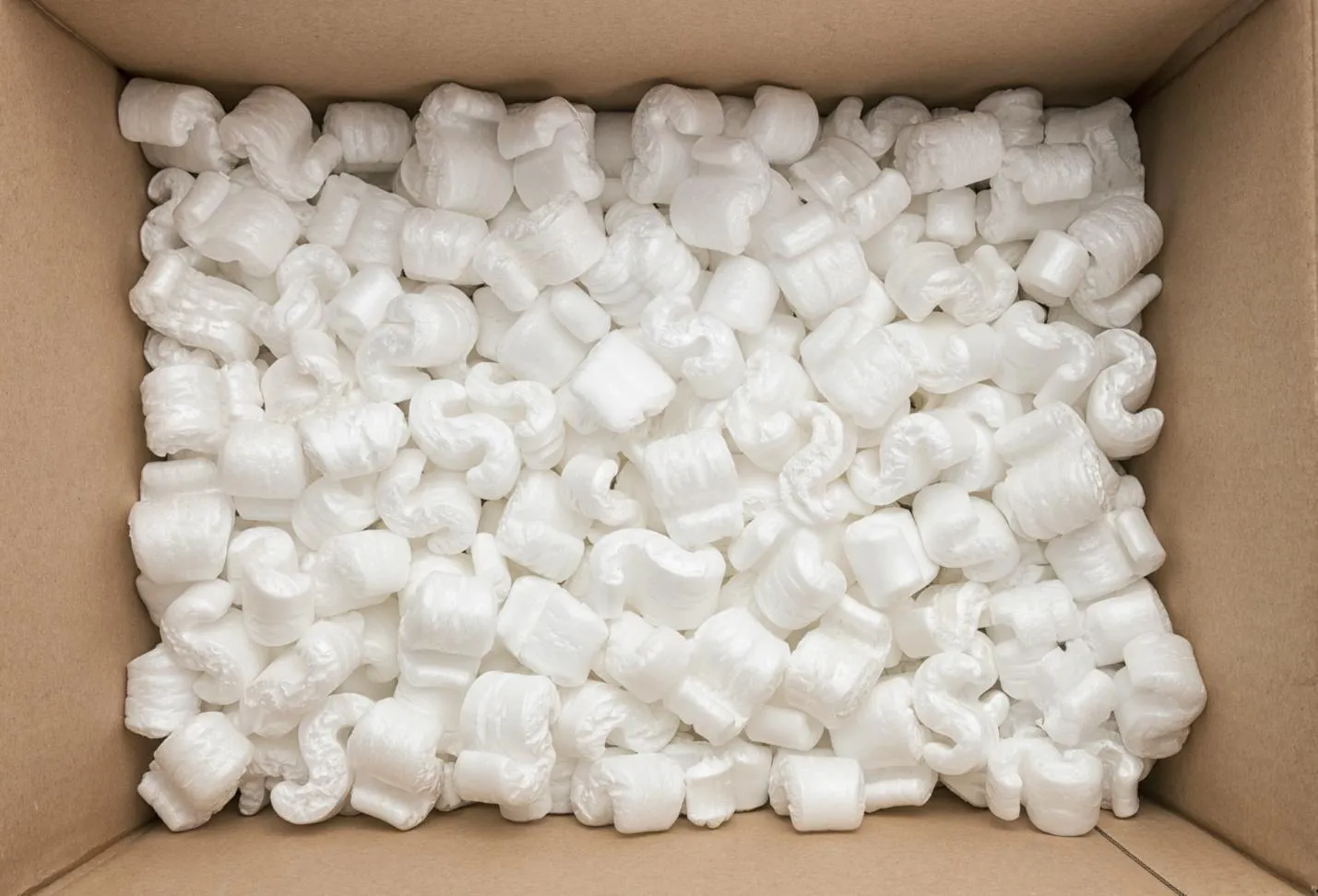The Business Cost Of Packaging Waste: What Companies Should Know
July 14, 2025

Packaging waste is a growing concern for businesses, regulators, and consumers alike. From manufacturing to end-of-life disposal, packaging contributes significantly to environmental impact and operational inefficiency. A clear breakdown of how packaging waste accumulates can help companies identify areas for improvement and reduce costs over time.
Key Takeaways On The Business Cost of Packaging Waste
- The Environmental Impact: Packaging waste significantly contributes to environmental problems like pollution, resource depletion, and habitat destruction.
- Financial Costs of Waste: Businesses face direct costs such as waste disposal fees and potential taxes on excessive packaging, as well as indirect costs from reputational damage and decreased customer loyalty.
- Consumer Preferences and Brand Reputation: Consumers are increasingly eco-conscious and prefer brands that demonstrate a commitment to sustainability, influencing purchasing decisions and brand loyalty.
- Strategies for Reducing Packaging Waste: Companies can reduce waste by optimizing packaging design, using sustainable materials, implementing reusable packaging systems, and improving recycling programs.
- Extended Producer Responsibility (EPR): EPR schemes hold producers responsible for the end-of-life management of their packaging, incentivizing them to design more sustainable packaging solutions.
Register Your LLC
Company Registration
START NOW
Types of Packaging Waste
Packaging waste can be categorized into several main types: paper and cardboard, plastics, metals, glass, and mixed materials. Paper and cardboard make up the largest share of packaging waste by volume, particularly in retail and e-commerce. While much of it is recyclable, contamination and poor sorting often reduce its actual recovery rate. Plastic packaging, especially films and multi-layer materials, poses a greater challenge due to limited recyclability and longer degradation times in landfills.
Metal and glass are more recyclable and retain material quality through repeated cycles. However, they are heavier, increasing transportation emissions and costs. Mixed-material packaging is difficult to process and usually ends up in landfills or incinerators.
Sources Within Business Operations
Packaging waste is generated at various points in the supply chain. Manufacturers contribute through product wrapping, protective materials, and shipping containers. Warehouses and distribution centers add further waste through pallets, shrink wrap, and packing fillers. Retailers and e-commerce businesses also generate significant waste through individual order shipments, especially when packaging is oversized or redundant.
In some cases, companies routinely order corrugated boxes that are not optimally sized for their products, leading to unnecessary use of filler material and increased waste volume. Right-sizing packaging not only reduces waste but can also improve shipping efficiency and lower costs.
Environmental and Financial Impacts
Packaging waste contributes to landfill use, greenhouse gas emissions, and resource depletion. In the United States, packaging accounts for nearly 30 percent of municipal solid waste, according to the Environmental Protection Agency. Improper disposal of plastic packaging often leads to pollution in waterways and ecosystems.
Financially, businesses face rising disposal fees, compliance costs, and reputational risks. Over packaging may result in customer dissatisfaction and higher return rates. Additionally, missed opportunities to reuse or recycle materials translate into lost economic value. Implementing waste-reduction strategies can improve both environmental performance and operational efficiency.
Steps to Reduce Packaging Waste
Businesses can reduce packaging waste through a combination of design, material selection, and process changes. This includes using recyclable or biodegradable materials, minimizing unnecessary components, and working with suppliers to reduce packaging at the source. Training staff on proper recycling and disposal practices also helps ensure that recyclable materials are handled correctly.
Data collection is another critical component. Tracking the types and volumes of packaging waste allows companies to identify patterns and assess the effectiveness of waste reduction efforts. Many organizations now incorporate waste metrics into sustainability reporting, highlighting progress, accountability, and areas where further efficiency improvements can be implemented.
Packaging waste is both an environmental issue and a business concern. Through targeted strategies and continuous review of packaging practices, companies can reduce waste, lower costs, and improve their overall sustainability performance. For more information, feel free to look over the accompanying infographic.
.webp)

